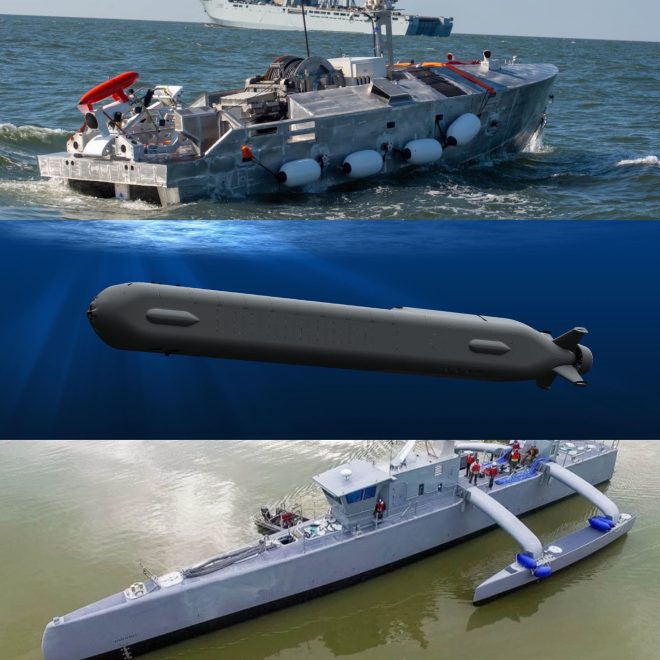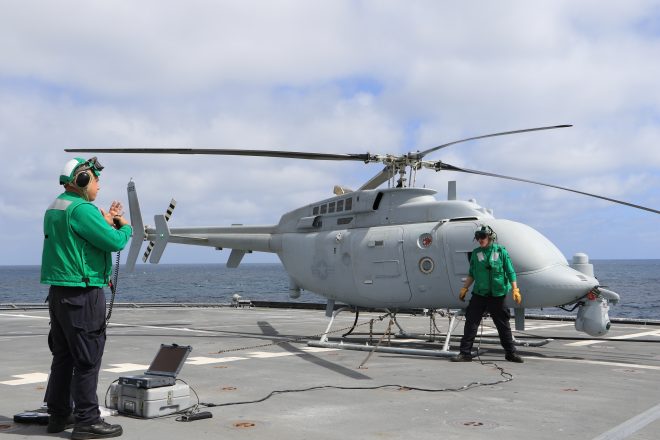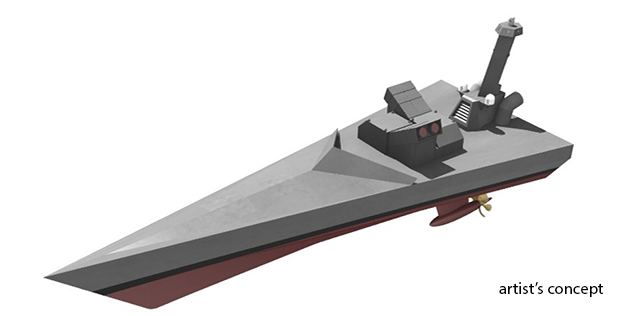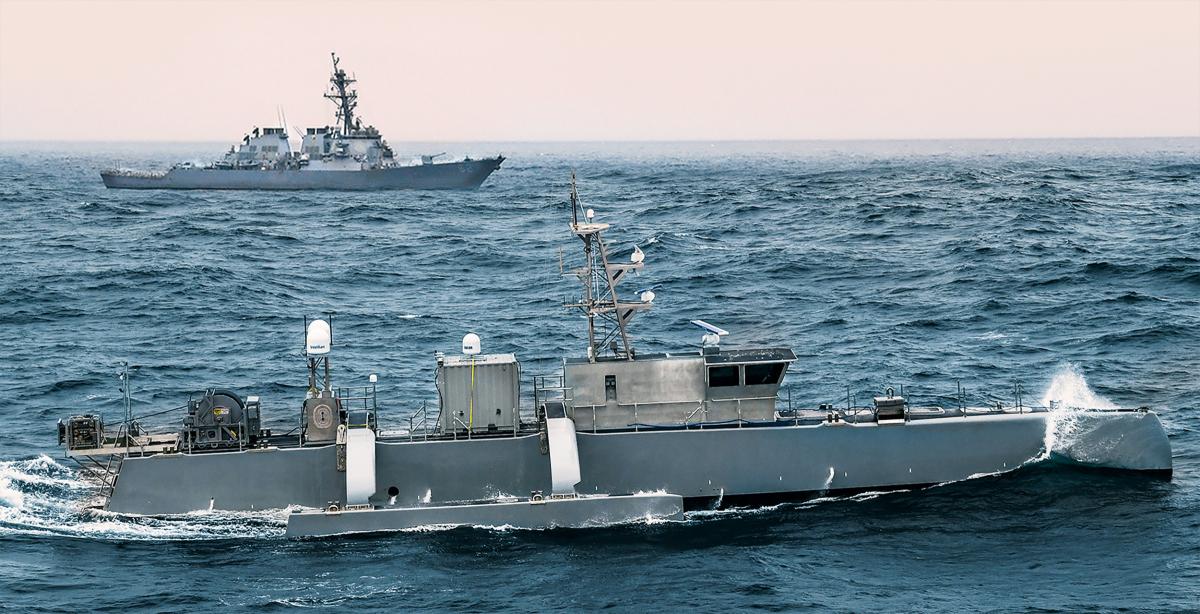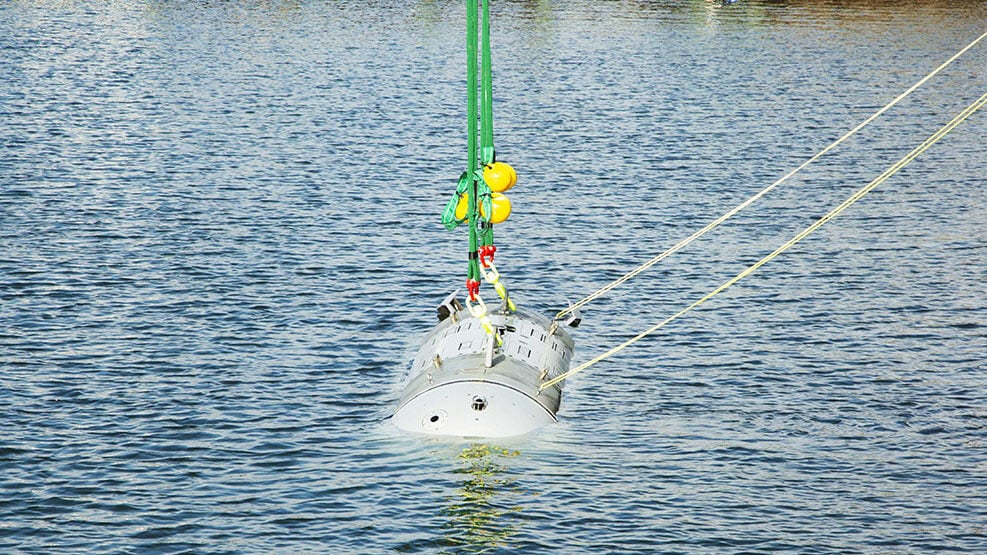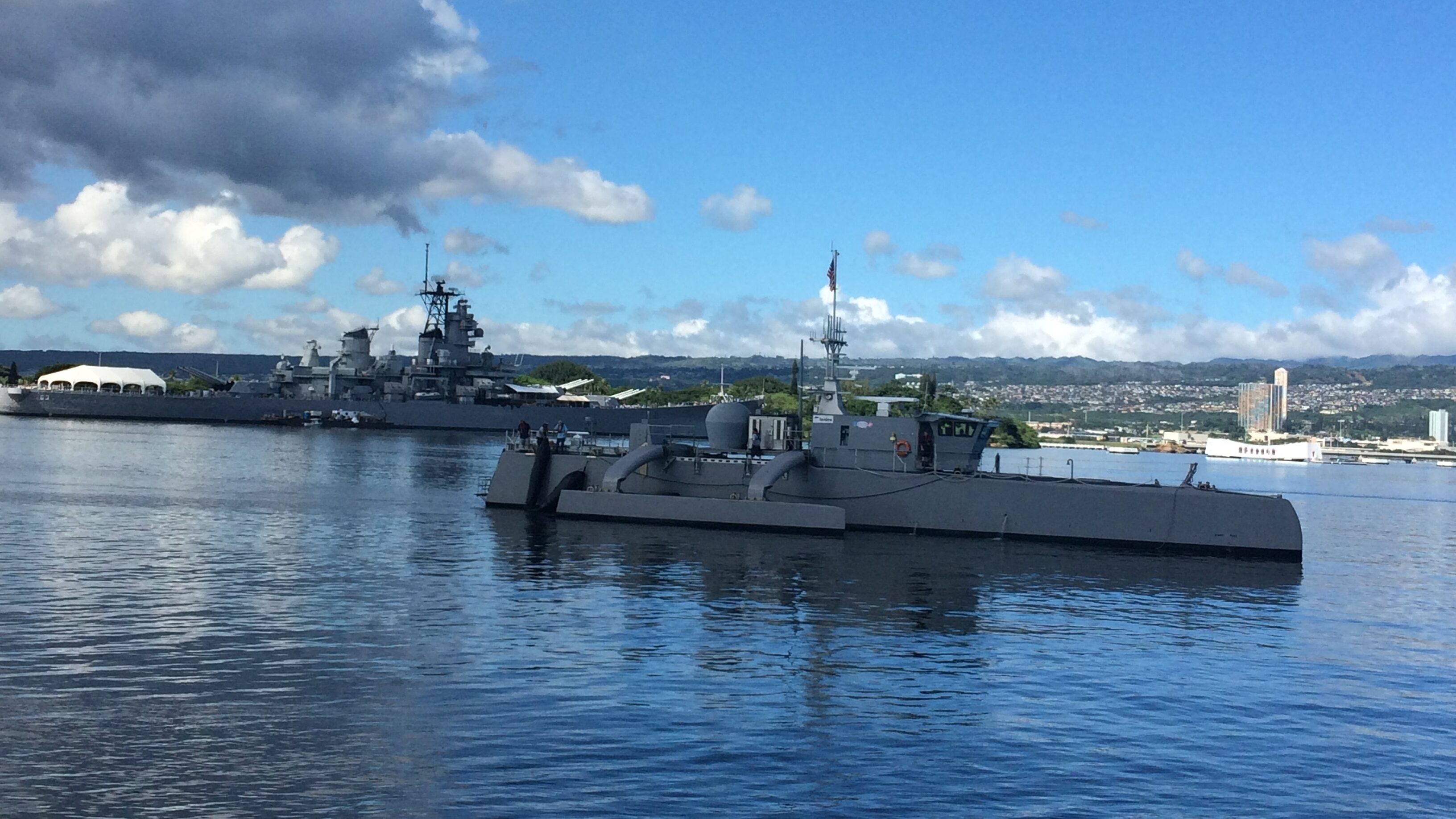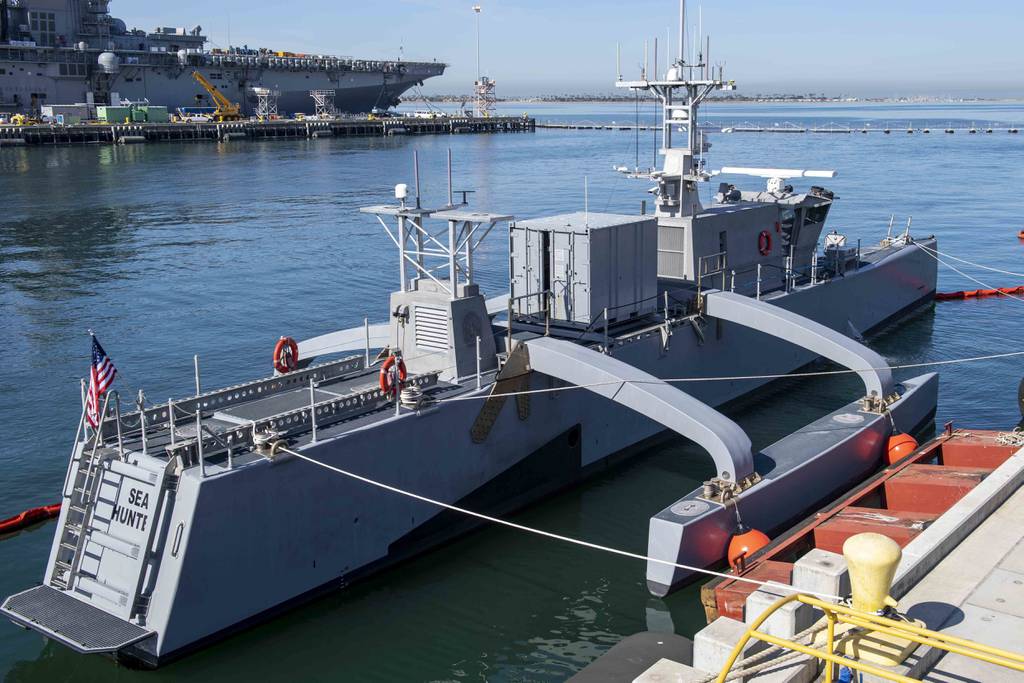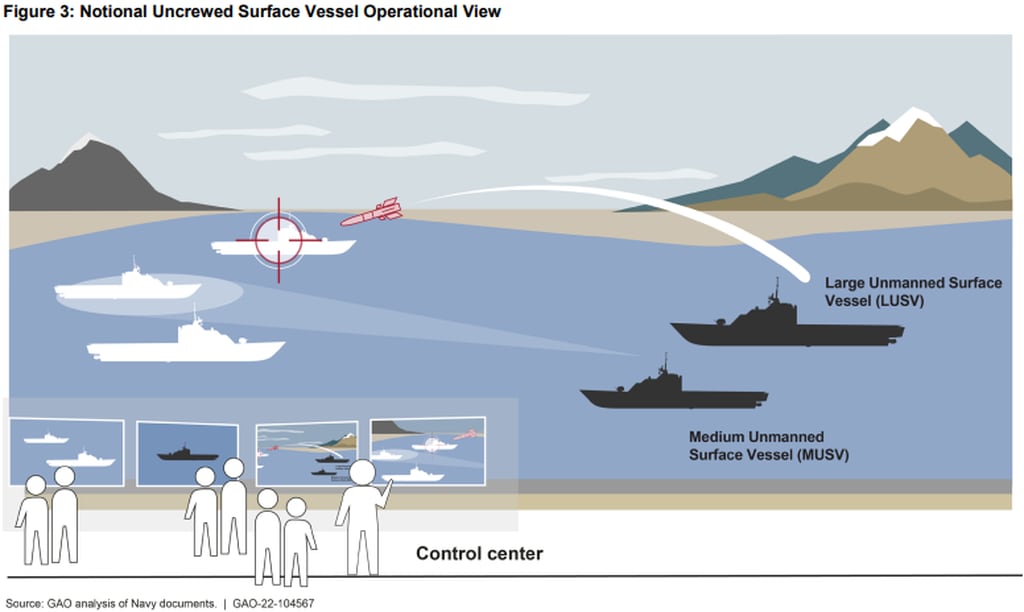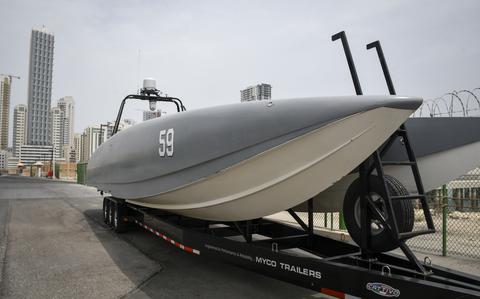- Joined
- 9 October 2009
- Messages
- 21,969
- Reaction score
- 13,616
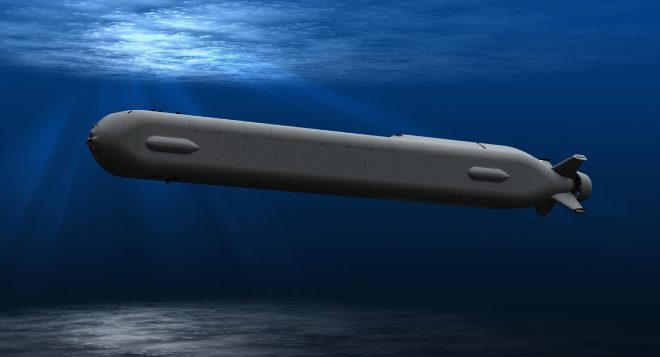
Report to Congress on Navy Large Unmanned Surface and Undersea Vehicles - USNI News
The following is the June 25, 2019 Congressional Research Service Report, Navy Large Unmanned Surface and Undersea Vehicles: Background and Issues for Congress. From the report The Navy wants to develop and procure three new types of unmanned vehicles (UVs) in FY2020 and beyond—Large Unmanned...
The Navy wants to develop and procure three new types of unmanned vehicles (UVs) in FY2020 and beyond—Large Unmanned Surface Vehicles (LUSVs), Medium Unmanned Surface Vehicles (MUSVs), and Extra-Large Unmanned Undersea Vehicles (XLUUVs). The Navy is requesting $628.8 million in FY2020 research and development funding for these three UV programs and their enabling technologies.
The Navy wants to acquire these three types of UVs (which this report refers to collectively as large UVs) as part of an effort to shift the Navy to a new fleet architecture (i.e., a new combination of ships and other platforms) that is more widely distributed than the Navy’s current architecture. Compared to the current fleet architecture, this more-distributed architecture is to include proportionately fewer large surface combatants (i.e., cruisers and destroyers), proportionately more small surface combatants (i.e., frigates and Littoral Combat Ships), and the addition of significant numbers of large UVs.
The Navy wants to employ accelerated acquisition strategies for procuring these large UVs, so as to get them into service more quickly. The emphasis that the Navy placed on UV programs in its FY2020 budget submission and the Navy’s desire to employ accelerated acquisition strategies in acquiring these large UVs together can be viewed as an expression of the urgency that the Navy attaches to fielding large UVs for meeting future military challenges from countries such as China.
The MUSV program began in FY2019. The Navy plans to award a contract for the first MUSV in FY2019 and wants to award a contract for the second MUSV in FY2023. The Navy wants MUSVs, like LUSVs, to be low-cost, high-endurance, reconfigurable ships that can accommodate various payloads. Initial payloads for MUSVs are to be intelligence, surveillance and reconnaissance (ISR) payloads and electronic warfare (EW) systems. The Navy defines MUSVs as having a length of between 12 meters (about 39 feet) and 50 meters (about 164 feet). The Navy wants to pursue the MUSV program as a rapid prototyping effort under what is known as Section 804 acquisition authority.

